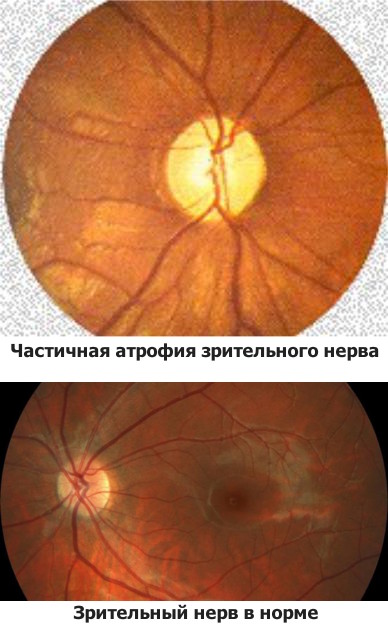
Partial atrophy of the optic nerve is a dangerous disease that is associated with the death of nerve bundles that transfer information from the eyes to the brain. We see with the cells of the brain, with that special area in the cortex of the hemispheres, where the visual image is transferred directly from the eyes. These bundles form the optic nerve, which is like a cable that connects the eyes with the cells of the visual cortex mentioned above. Atrophy of a part of the bundles that form the optic nerve leads to the effect that a part of the visual information is not perceived and the patient's vision is poor. The degree of vision impairment depends on what part of these nerve bundles has been subject to atrophy.
Today, this can be determined quantitatively, based on the special comprehensive diagnostics, which allows identifying not only bundles that have atrophied and their number but also determining the quality of this atrophy and understanding the depth of the process.
With full or almost full damage to the bundles of the optic nerve, blindness or poor vision may be irrecoverable because it is impossible to recover the nerve tissue.
However, in cases where live fibers are represented in a certain amount, we use technologies that may improve the quality of their functioning, as well as to increase both the conductivity of living bundles and the quality of their functioning, that is, the quality of visual perception.
The idea that partial atrophy of the optic nerve is incurable is not true. In a fairly large number of cases, we manage to improve, and sometimes significantly improve, the visual functions of our patients, providing them with a better quality of life.
We do this in a therapeutical way, based on special techniques, which include methods of medication effect, physiotherapy, and optical exposure.
These methods should act not only in combination but also take into account the type of atrophy, the depth of the damage, and the quality of the optic nerve conductivity.
Treatment courses are carried out several times a year until the vision increases to the maximum in a specific patient, which has been determined by instrumental examination methods.
We usually prescribe treatment for patients from the age of three but some methods may be used earlier, which we do during early diagnosis.
Treatment for adult patients is also effective in cases with not congenital but acquired atrophy of the optic nerve, caused by certain diseases localized in the eyes or along the route of the optic nerve.